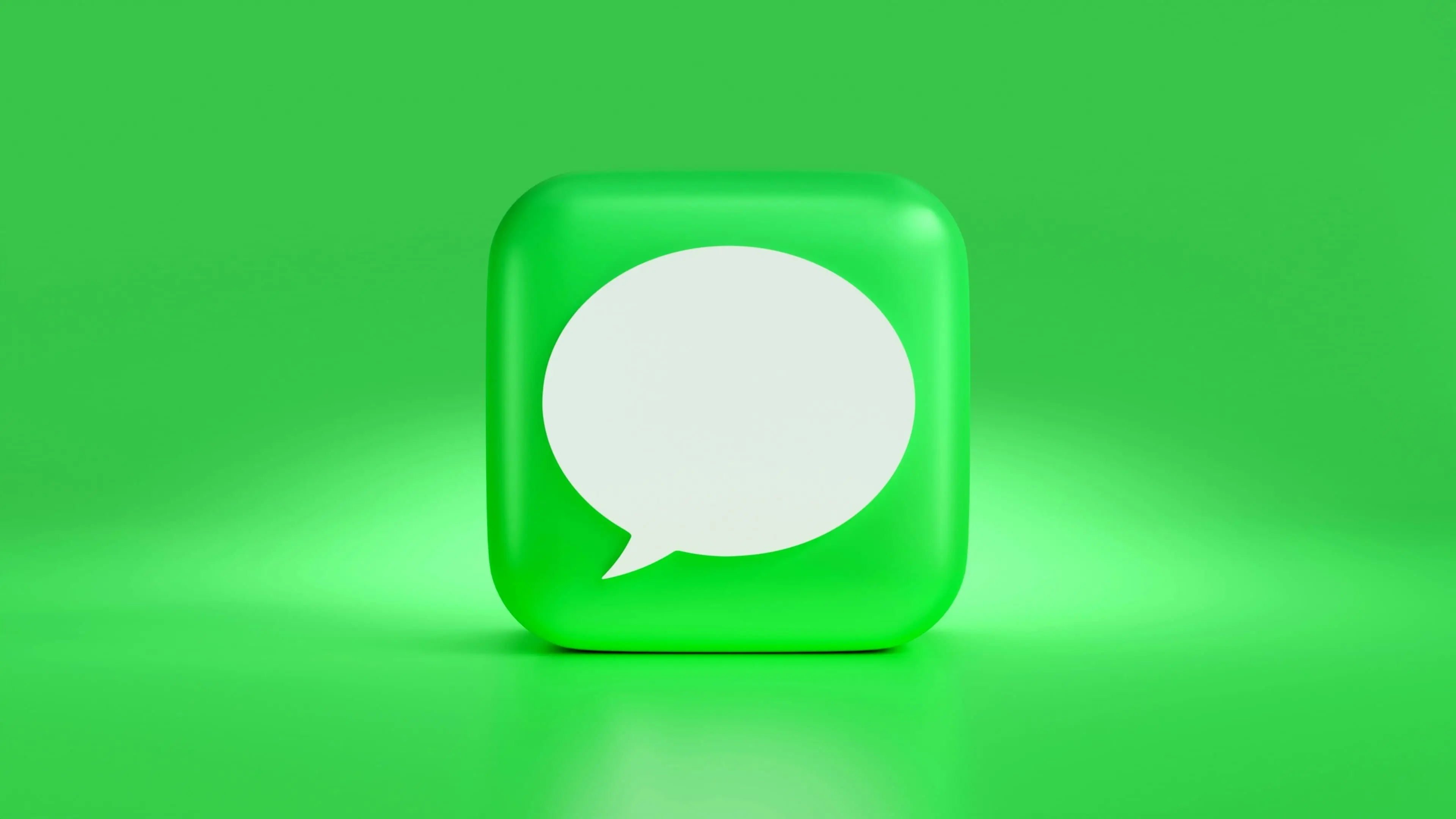Creating Real Conversations with Salesforce Digital Engagement
Introduction to Digital Engagement
When customers reach out, they expect speed, relevance, and a personal touch. Salesforce Digital Engagement makes this possible by connecting businesses with customers across various digital channels, including Facebook Messenger, WhatsApp, SMS, and web chat.
By consolidating all conversations into a single view, Salesforce digital engagement enables support teams to work faster, respond more effectively, and enhance customer satisfaction. For any business looking to elevate its customer service, it’s a critical tool.
Understanding Digital & Messaging Channels
Digital channels are where your customers are – whether that’s messaging apps, social media platforms, or the chat bubble on your website. If you want to hold their attention and earn their trust, you need to be reachable on the platforms they already use. This is where Salesforce Digital Engagement stands out. It brings all those separate conversations into one, easy-to-manage space. Instead of hopping between tabs or logging into multiple tools, your support team can manage everything from the Service Cloud Console.
Let’s say someone sends a question through WhatsApp while they’re on the go. Later that day, the same person jumps on your website to follow up via live chat. With Salesforce, these conversations are tied together. Your support rep knows the history, the context, and what needs to happen next without asking the customer to repeat themselves.
Each channel serves a different purpose. Web chat is ideal for providing real-time, on-site support, such as assisting customers during checkout or troubleshooting login issues. WhatsApp and Messenger are more conversational, perfect for building rapport and answering longer questions. SMS, meanwhile, excels at alerts and updates: simple, straightforward, and fast.
The strength of Salesforce Digital Engagement lies in its ability to connect these experiences into a cohesive flow. It doesn’t just respond, it understands. With customer interactions centralised and tracked, your team can offer not just answers, but relevant and timely solutions. That’s how you turn one-off questions into lasting customer relationships.


Boosting Customer Satisfaction
Customers don’t want to wait. They want answers now and they want those answers to make sense. Here’s how Salesforce digital engagement helps:
Use automation tools like bots to handle basic questions
Route chats to the right person using Omni-Channel features
Provide 24/7 service through in-app support or scheduled outbound messages
These small touches reduce customer frustration and increase brand loyalty.
Building a Digital Engagement Strategy
Don’t start with the tools. Start with the people. Ask what your customers need, where they’re struggling, and how they want to connect with you. This shift in focus forms the core of an effective digital engagement strategy. Instead of pushing messages out, it’s about listening first, then responding with the right approach. Digital engagement should feel intuitive and seamless, not like a series of disconnected replies.
To build a digital engagement strategy that works, begin by selecting the proper communication channels. You don’t need to be everywhere, but you do need to be where your customers are. Whether it’s WhatsApp, SMS, or live chat on your site, each channel serves a purpose. From there, create a consistent tone and messaging framework. Your brand voice should remain consistent whether someone’s chatting on Facebook Messenger or emailing your support team.
Next, track the numbers that matter, like customer response time and satisfaction levels. These key metrics tell you whether you’re improving or falling short. They also highlight opportunities for automation or rerouting queries more efficiently. Integrating tools like Deselect enables smart segmentation, allowing your messages to reach the right people with the right message at the right time.
Ultimately, this isn’t just about responding faster. It’s about understanding intent, personalising interactions, and creating better overall experiences that lead to higher engagement and loyalty.
Managing Digital Engagement Work
Behind every smooth chat is a lot of unseen work. Teams need:
Clear workflows for routing and escalation
A unified dashboard inside Service Cloud
Easy access to customer data to personalise support
Salesforce Service Cloud provides support agents with the necessary context, including the customer’s information, previous inquiries, and guidance on how to assist them effectively next.
Understanding Digital Engagement Pricing
Yes, pricing matters. The digital engagement license is an add-on SKU, applied annually. It includes:
Access to messaging settings
Embedded service deployments for web chat
Set up approved message templates on WhatsApp
While not entirely free, the return on investment comes in the form of quicker support team responses, a better brand reputation, and higher sales.


In-App Engagement and Web Chat
In-app messaging is where digital engagement truly shines. It allows users to get instant help without leaving the app they’re already using. Whether they’re shopping for a new product, browsing content, or signing up for a service, answers are just a message away. This eliminates the need to check emails or call support lines, making the customer experience smooth and fast. Customers appreciate that level of convenience, and it keeps them coming back.
When you combine in-app messaging with web chat, the benefits multiply. Web chat helps users on your site in real-time, right when they need help. It could be a quick question during checkout, a query while comparing products, or assistance with logging into their account. This kind of support builds trust and reduces cart abandonment.
Together, these tools make your brand feel present even when your team isn’t. With automation and smart routing in place, users receive helpful responses at any hour. It’s a way to maintain engagement without increasing the workload. Ultimately, this kind of instant, contextual support helps drive sales, boost customer satisfaction, and build lasting relationships with your audience.
Focusing on Customer Engagement
Customer engagement goes beyond sending messages or resolving issues; it’s about understanding what customers need and delivering it without them having to ask twice. Genuine engagement begins with recognition and culminates in relevance. When your support team knows who they’re talking to, their history, and what they likely need next, it creates a smoother and more meaningful interaction.
Salesforce Digital Engagement makes this possible by offering real-time, intelligent communication across preferred channels like WhatsApp, SMS, Facebook Messenger, and web chat. It provides the infrastructure to meet customers where they are, delivering fast, seamless, and relevant conversations. Whether it’s a routine enquiry or a follow-up to a previous issue, communication feels effortless and connected.
Smart routing, based on historical data, ensures that each message is directed to the right person. This eliminates repetitive back-and-forth, allowing issues to be handled quickly and correctly the first time. At the same time, automated check-ins feel like natural extensions of your customer service, proactively addressing needs before they escalate.
Pairing Salesforce with tools like Deselect adds a layer of targeting precision, allowing you to segment customers by behaviour, intent, or preferences. That way, your engagement doesn’t just reach someone; it resonates with them.
Supporting Business Operations
Smooth business operations mean fewer blockers. Integrating digital engagement with the Salesforce CRM platform allows for:
More efficient business processes
Real-time insights from crm data
Improved collaboration across service teams
This enables your team to accomplish more with less, without compromising quality.
Aligning Engagement with Business Goals
Everything should align with your goals, whether it’s customer loyalty, faster response times, or improved support ratings.
With Salesforce digital engagement, you can:
Tie chats to performance metrics
See which communication channels drive the most value
Align engagement work with actual outcomes
This clarity helps justify spending and keeps your strategy focused.
Execution and Implementation Tips
Rolling out digital engagement isn’t an overnight task. Here’s how to make it work:
Involve the support team from the start
Configure channels based on volume and need
Train agents to manage omni-channel traffic
Monitor adoption using real data, not assumptions
This ensures your rollout sticks and your team stays productive.
Improving Agent Productivity
Happy agents = happy customers. Use Salesforce Digital Engagement to:
Automate repetitive replies with automatic responses
Keep agents in a single interface
Balance workloads using smart queues
Less jumping between tools means more focus on actual help.
Protecting Brand Reputation
How your business talks to people matters. Messy replies, long wait times, or misrouted messages damage trust.
Salesforce helps you:
Maintain consistent tone
Fix issues before they go public
Respond quickly and confidently
Your messaging is part of your brand; make it count.
Driving Conversions and Sales
Support isn’t just about fixing problems. Done well, it drives sales.
Use Digital Engagement to:
Nurture warm leads through web chat
Guide users to products through in-app messages
Re-engage lapsed users with outbound messages
Each touchpoint is an opportunity to help and sell.
Conclusion
Salesforce Digital Engagement is more than chat bubbles and replies. It’s how modern businesses build relationships. From real-time conversations to automated help, it keeps you close to your customers wherever they are.
Use it to:
Strengthen your brand reputation
Increase customer satisfaction
Improve team performance
And most importantly, be a business person people want to talk to.

